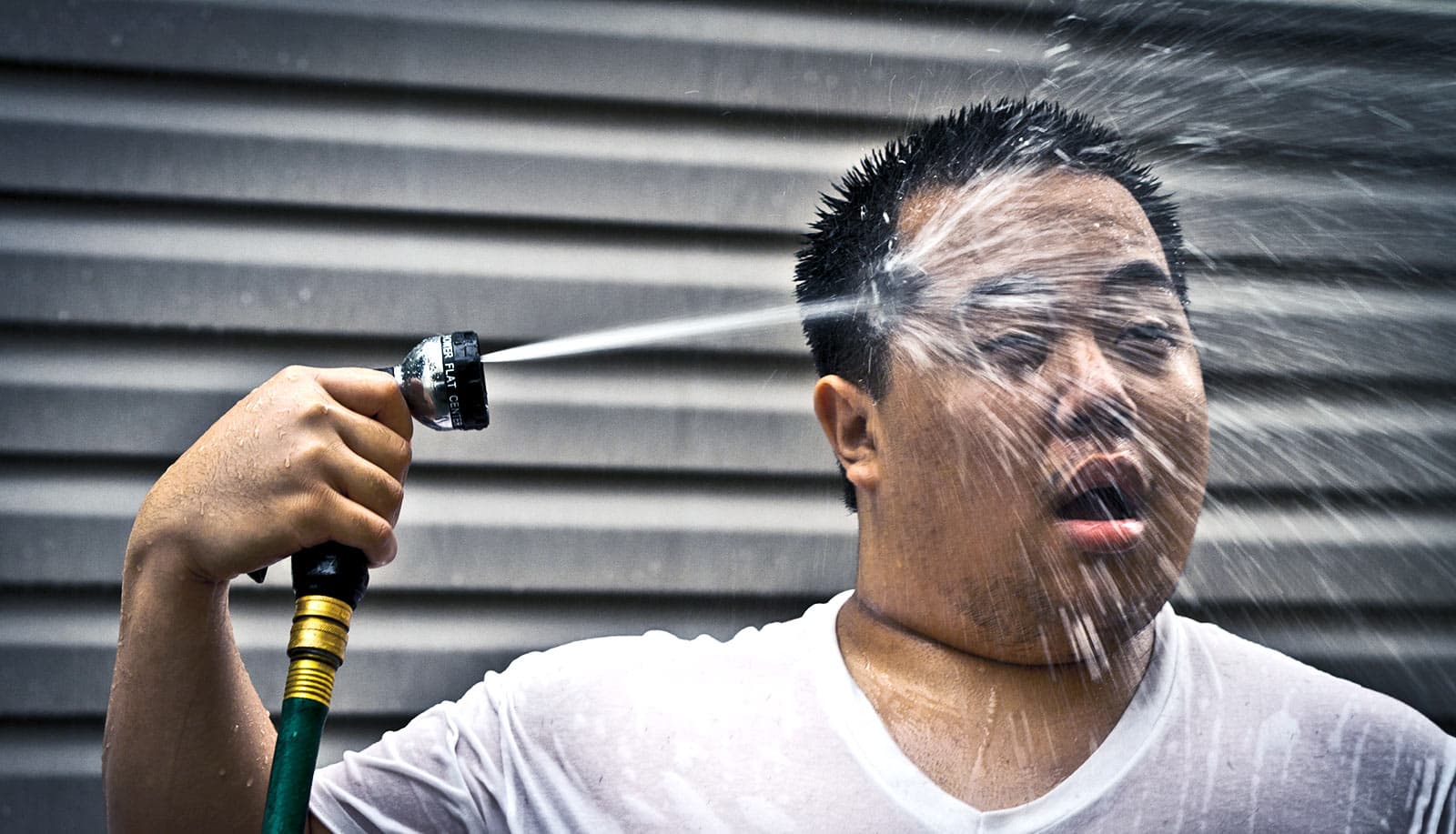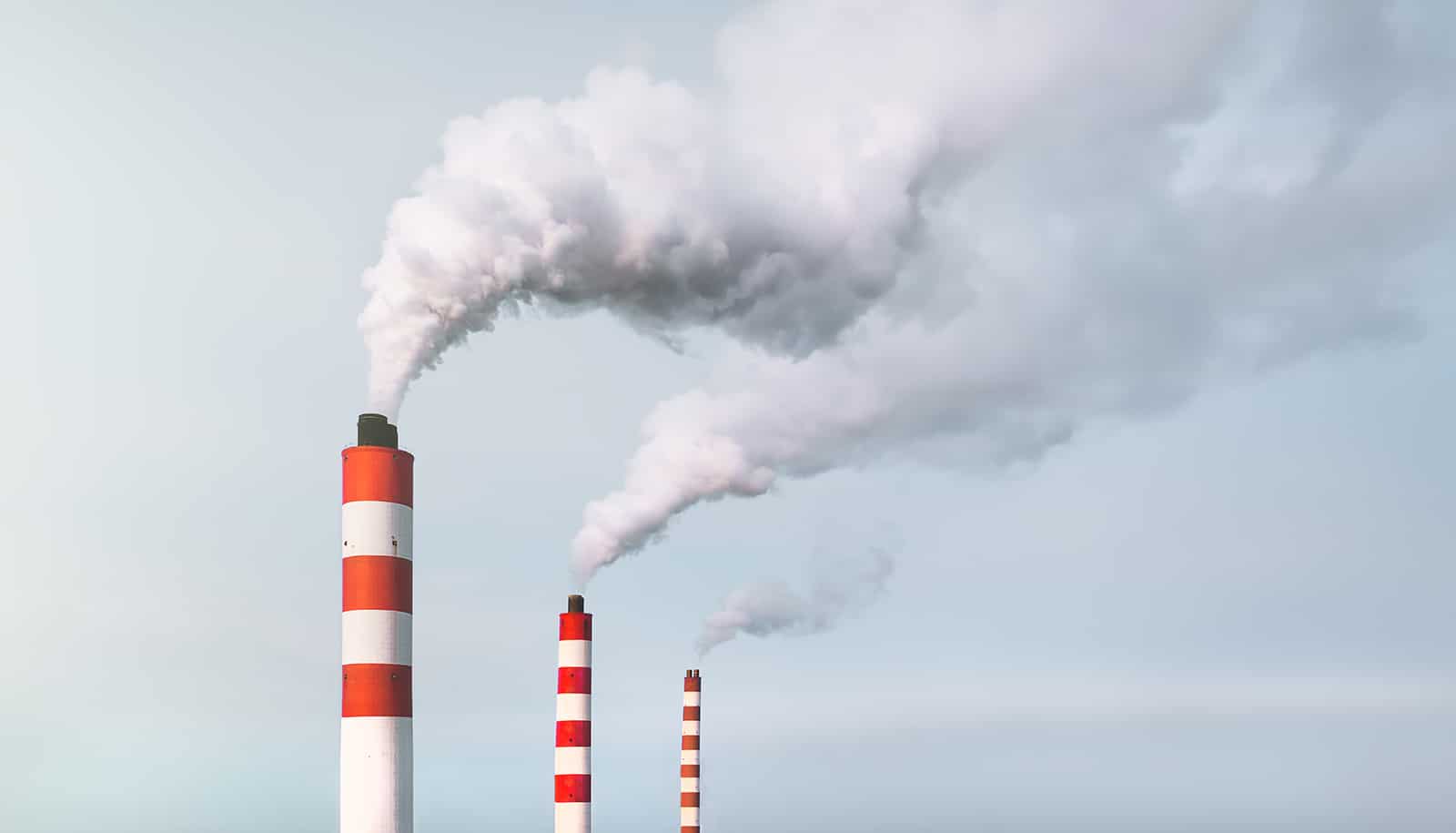Unploughed fields and brighter cities could help lower extreme temperatures during periods of hot weather, particularly in important agricultural regions and densely populated areas of Europe and North America, new research suggests.
“Even this climate technique is no silver bullet…”
Climate change will make heatwaves more common, and continental areas and urban regions that become significantly warmer in summer will be particularly affected.
Researchers have now detailed a practical approach that combines clever land use and urban radiation management to help cool extreme summer temperatures locally.
The approach, detailed in in the journal Nature Geoscience, is based on the different reflection properties of ground surfaces. For instance, fields left unploughed after harvest reflect significantly more sunlight that ploughed ones. Similarly, crop selection for brighter species and the implementation of reflective material on roofs, streets, and other urban infrastructure could increase the surface reflectivity and cool local climates.
“These measures could help to lower extreme temperatures in agricultural regions and densely populated areas by up two to three degrees Celsius,” says first author Sonia Seneviratne, professor of land-climate dynamics at ETH Zurich. In this context, the hotter it becomes, the stronger the effect. The cooling effect only works in the short term, however, and is local or regional rather than global—but this regional contribution is still very important, emphasizes Seneviratne.
The researchers used simulations to examine how radiation-optimized agricultural surfaces and metropolitan areas in North America, Europe, and Asia affect average temperatures, extreme temperatures, and precipitation.
How treating dirt well could fight climate change
The models showed that the measures had a negligible effect on average temperatures and only slightly altered precipitation—except in Asia—but significantly reduced extreme temperatures. In Asia, India, and China, the levels of the crucial monsoon rains also decreased in the simulations, suggesting that the selected approach is unsuitable for these countries.
The measures that could be used for this type of radiation management already exist and have largely been tested, although they’ve only been applied on a small scale or for other purposes. In contrast, it is doubtful whether other climate techniques currently discussed as “geoengineering” could actually work to adjust or avoid climate change.
Interventions such as spraying sulphate aerosols into the atmosphere, fertilizing the oceans with iron, or placing huge mirrors in space are likely to have unpredictable effects on the Earth’s climate and ecosystems, potentially making the situation even worse.
“Regional radiation management can be effective, but even here, we have to consider any potential effects on food production, biodiversity, CO2 absorption, recreation areas, and much more before we can actually implement it,” says Seneviratne. And she points out: “Even this climate technique is no silver bullet; it’s just one potential tool among several others in the battle against climate change.”
What climate change means for northern, colder cities
Source: ETH Zurich



